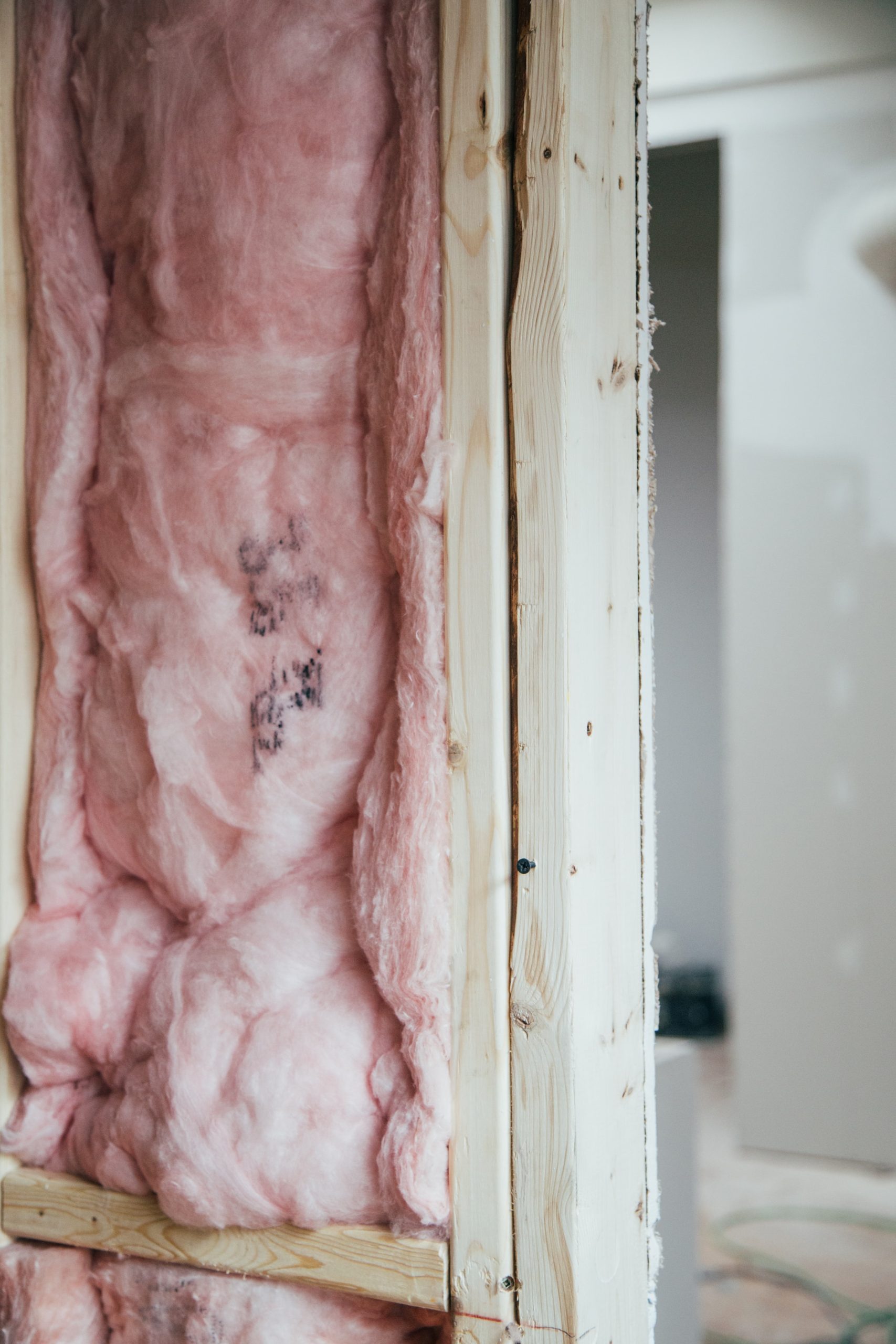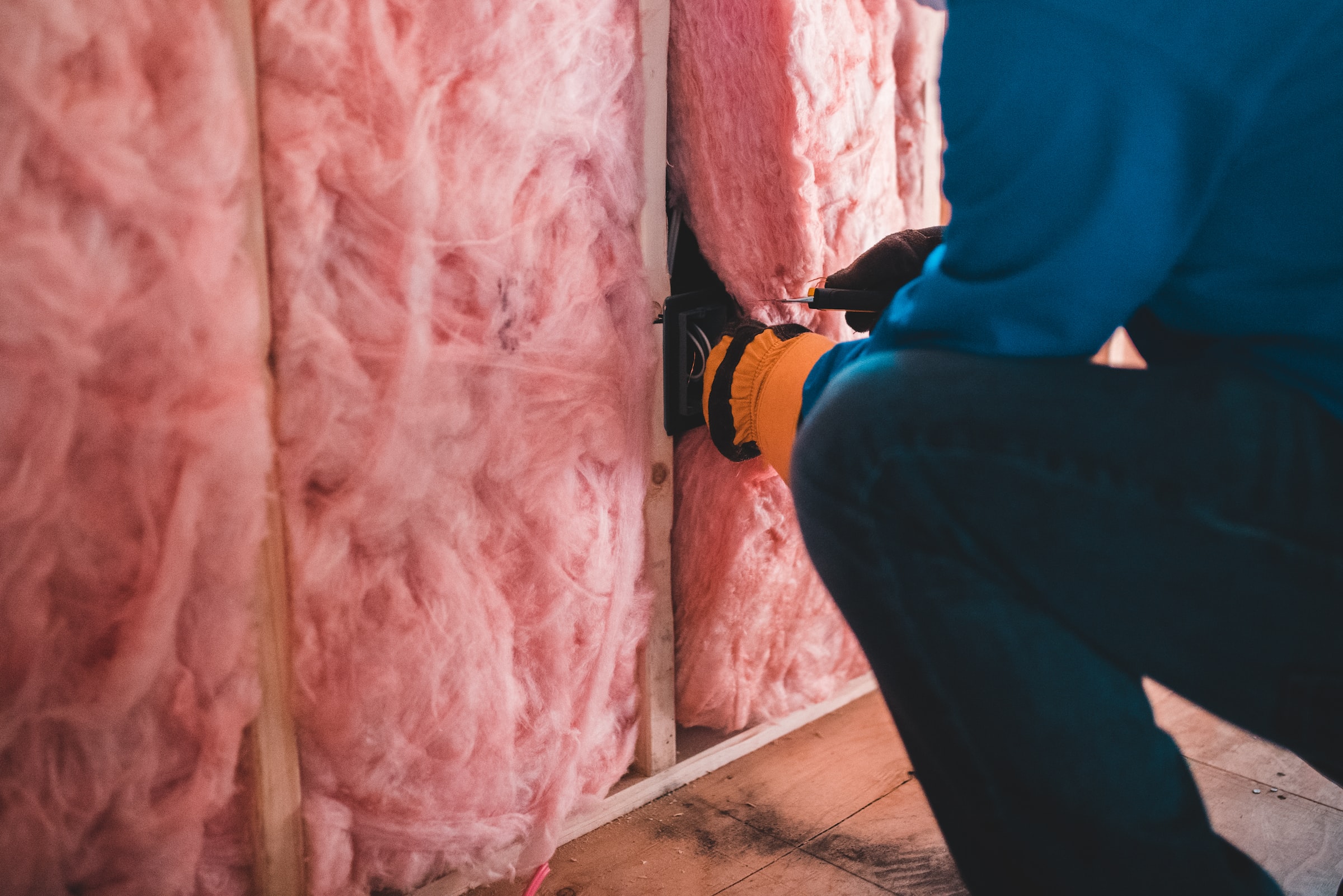Insulation is a common-sense solution for those who want to feel comfortable in their home. Insulating your roof and attic space is the ideal place to start, as they are responsible for one third of heat loss. But what is the most effective insulation for your roof?
Roof insulation is a very effective way to reduce heat loss in a house. However, it is important to make the right choice of material to use, as thermal comfort depends on it. So, without further ado, let’s dive into this blog and learn about some of the most commonly used insulating materials for roofing.
What is the best insulating material for attic space

Attic insulation allows substantial energy and heating savings as long as the insulation material is well-chosen. Whether the attic is converted or lost, the choice of insulating material will depend on
-
- Its thermal resistance coefficient (R)
-
- Its thickness
-
- Its ecological impact
-
- Its resistance and durability
1. Glass wool: to trap air
Glass wool is generally obtained by blowing, centrifuging, and mixing recovered glass. This natural insulator allows air to be trapped. It can be in the form of flakes to be blown or rolled. The glass wool allows to reduce the transmission of the noises. It is also easy to install, rot-proof and inflammable.
2. Rock wool: for better sound and heat insulation
Rockwool is made from basalt rock. The resulting mat of intertwined wool allows air to be trapped. It is, therefore, an effective solution for insulating the roof. Moreover, it offers optimal phonic and thermal insulation. Rock wool is available in panels and rolls and is easy to install.
3. Blown mineral wool: to guarantee the quality of the insulation
As its name suggests, blown mineral wool uses the blowing technique. This method is adopted in the insulation of lost attics, whether in renovation or construction. A machine called carding machine is used to project the mineral wool evenly over the entire surface of the attic. This technique is both efficient and fast.
The blowing machine is easy to use. In this case, you do not need to call upon the services of a professional to carry out the insulation work. Nevertheless, it is strongly recommended to entrust the task to a specialist. This company also specializes in all the building fields: zinc works, roofing, framing, and the installation of the lost attic.
4. Cellulose wadding: the best solution for the attic
Cellulose wadding is increasingly used in the field of eco-construction. It is a material that is made from recycled newspapers. This insulation is perfect for the insulation of narrow under-roofs. It can be in rolls, boards, and loose. It is also suitable for all hollow spaces.
Cellulose wadding is known for its ease of installation. Moreover, it is an ecological material that can offer excellent acoustic insulation.
5. PUR or polyurethane: one of the most efficient insulating materials
PUR is a honeycomb structure that can be in the form of panels (for insulating screeds) and foam (ideal for caulking joints). It is the most widely used material for attic and roof insulation.
Its advantage lies in its capacity for acoustic and thermal insulation. It also has extremely high mechanical and moisture resistance.
6. Expanded polystyrene: a light and waterproof insulator
Expanded polystyrene is a material made from crude oil. It is easy to install and allows for optimization of the insulation of the under-roof or attic. It is also an excellent insulator, as it has a high insulating capacity and very high mechanical resistance.
7. XPS or extruded polystyrene: better than expanded polystyrene

Like expanded polystyrene, extruded polystyrene is also made from petroleum. The only difference is that the latter is much more efficient. This material is also very light and has great mechanical resistance.
Sound off in the comments section below, and tell us what you want to read next and if you want to read more about roofing.


